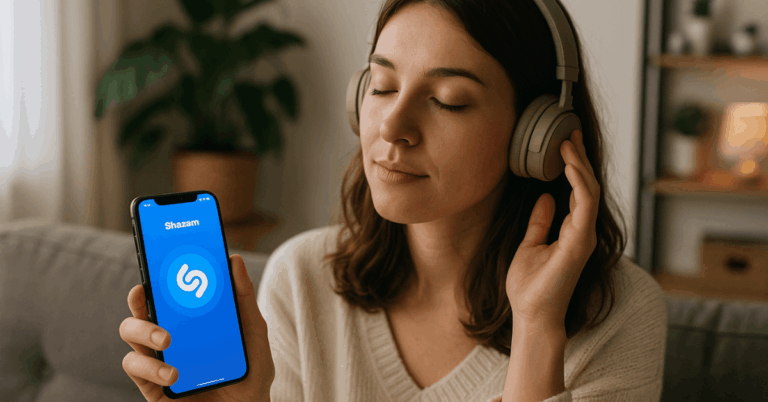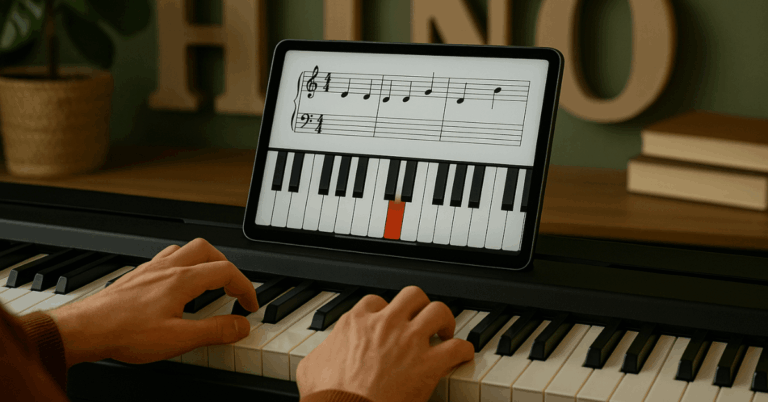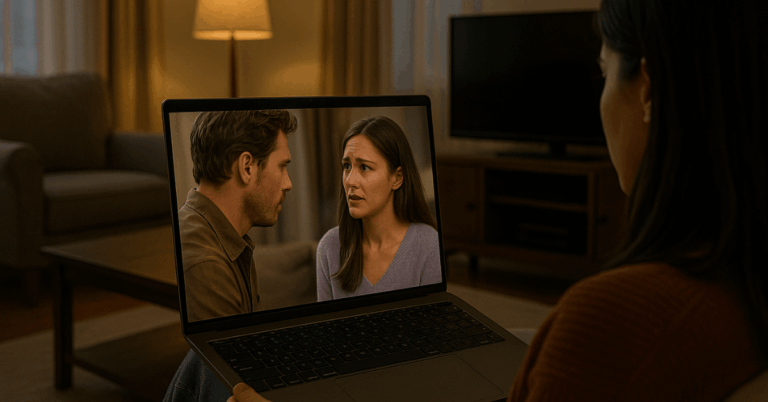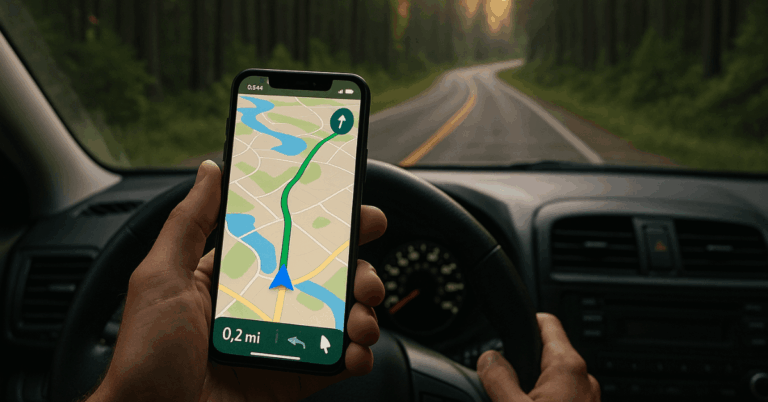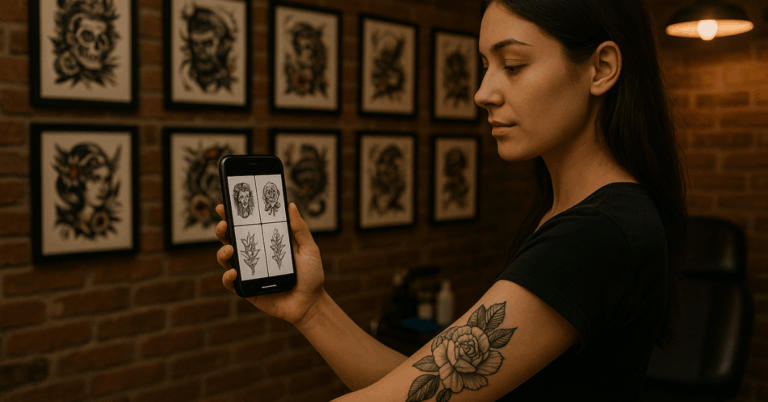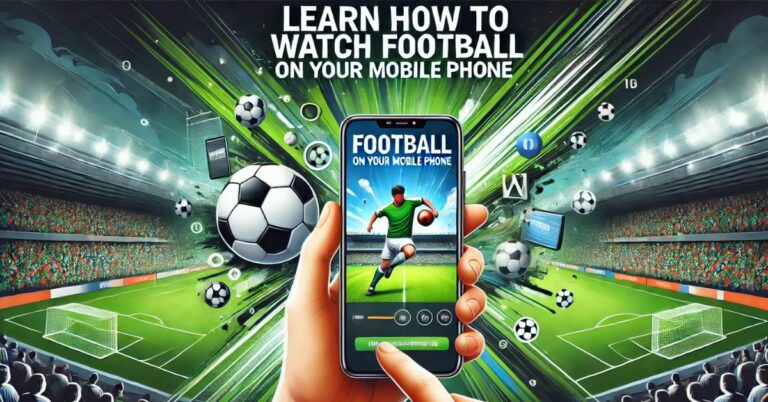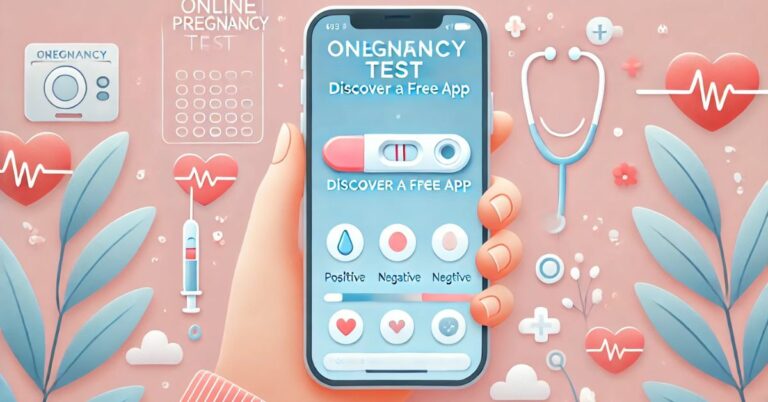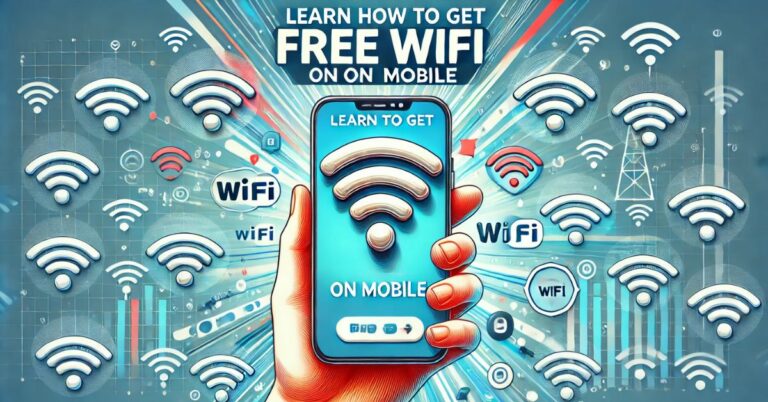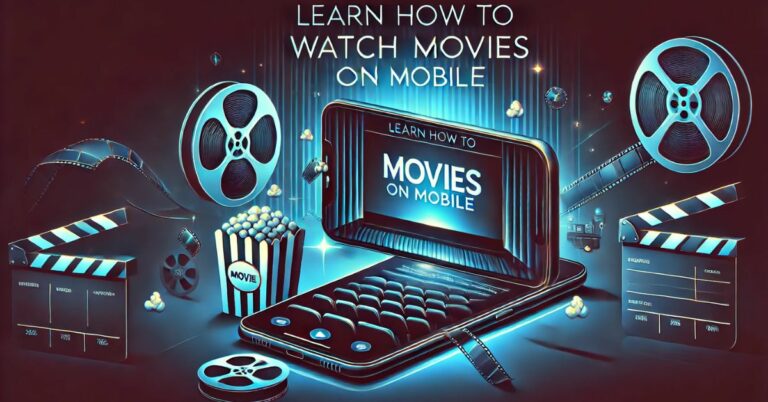The digital driver’s license is gaining traction across states as a secure and efficient way to carry identification. Instead of a plastic card, your identity is stored securely on your phone.
These licenses are accessed through official government-approved apps. Many of them are free and provide safe, real-time access to your verified credentials.
Understanding the Digital Driver’s License (DDL)
You need to understand how digital licenses work to use them properly. This section explains their purpose and setup.
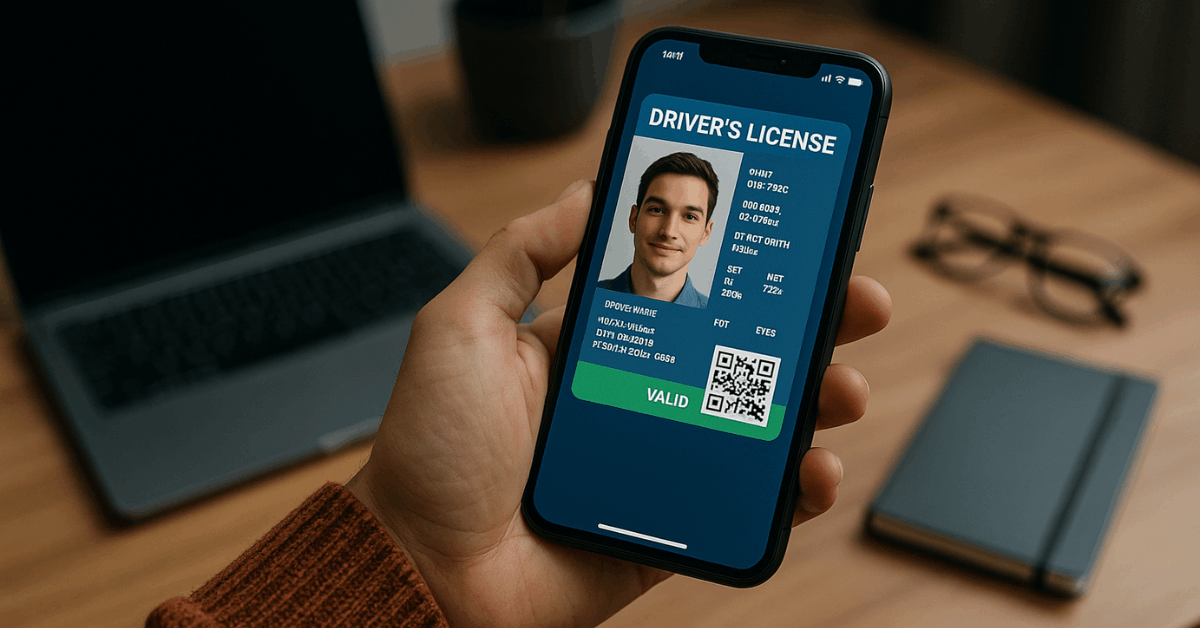
What Is a Digital Driver’s License?
A digital driver’s license is an official copy of your driver ID stored in digital format. It serves the same legal function as a physical license.
The digital version is state-issued and accessed through mobile apps. Several U.S. states like Louisiana and Arizona already support this option.
The DDL is encrypted and only accessible through identity verification. It is part of the broader trend toward digital government services.
How the Digital Driver’s License Works?
These licenses are linked to the state’s DMV system. You access the DDL via a government or partner app.
It usually involves facial recognition or fingerprint scanning. The app communicates securely with DMV servers to validate your identity.
Some use QR codes or NFC technology to share credentials with authorities. Only authorized parties can access the data with your permission.
Why Use a Digital Driver’s License App?
Digital apps offer speed and convenience when carrying your ID. They also allow real-time syncing with DMV databases.
Convenience and Speed
Carrying a digital license means one less physical item to worry about. Your license is always available on your smartphone.
This is useful when traveling or during police checks. Quick access means less time spent searching for documents.
Most apps also provide a summary of license details on the home screen. This saves time during interactions.
Real-Time Updates
Your license status is always current on the app. Address changes or renewals sync in real time. Some apps send alerts before your license expires.
You can avoid fines or suspensions by acting early. This ensures better compliance with legal requirements. Real-time sync adds efficiency to DMV systems.
Integration with Government Services
Some apps integrate with other government portals. You can access vehicle registration or insurance info within the app.
This centralizes your driving-related documents. It helps in organizing data without switching platforms.
You stay updated on DMV services with fewer logins. Integration reduces administrative hassle.
Top Free Apps to Access Your Digital Driver’s License
These apps give you legal access to your digital ID. All of them are free and available on major app stores.
These mobile apps provide official digital driver’s license support. They’re free and verified by government agencies or DMV offices.
LA Wallet
This is the official app for Louisiana residents. It allows access to a verified digital license. The app is fully endorsed by the Louisiana OMV.
Users can renew their license through it. It is available on Google Play and App Store. LA Wallet supports TSA and law enforcement access.
Arizona Mobile ID
Arizona residents can use this app for full DDL access. The app verifies identity using biometric data. It includes features like age verification and police check readiness.
Arizona MVD backs its functionality. You can download it from Google Play or App Store. It meets national digital ID standards.
GET Mobile ID
This app supports users in states with emerging DDL systems. It is compliant with ISO/IEC 18013-5 standards.
The app supports secure identity sharing through QR and NFC. It has a clean interface with fast setup.
Available for Google Play and App Store. It’s also used for pilots in various DMV programs.
Florida Smart ID
Florida Smart ID is developed for Florida drivers. It helps you show your license with one tap. Built-in verification allows third-party access with your consent.
It meets Florida DHSMV compliance rules. Find it on Google Play and App Store. It will expand to more features soon.
Security Features You Should Look For
Always check how the app protects your ID and personal data. These features help prevent misuse or breaches.
Encryption and Biometric Locks
Choose apps with strong encryption protocols. Look for AES-256 encryption or better. Biometric access ensures only you can unlock the license.
This includes facial recognition and fingerprint scanning. A passcode fallback should also be enabled. These prevent unauthorized access to your ID.
Privacy and Legal Compliance
Apps must comply with state privacy laws. Check for GDPR or CCPA compliance if applicable. Make sure the app states how your data is stored and used.
Some include transparency reports. Licensing and oversight should be disclosed. Government-approved apps are usually safer.
Control Over Shared Data
You should have full control of what info is shared. Some apps allow you to hide specific fields. Use features like temporary QR codes or one-time verification.
Avoid apps that auto-share without permission. Secure apps notify you during each access event. Choose those with usage logs.
How to Set Up a Digital Driver’s License App?
Getting started is easy with the right app. Here’s what to expect during setup.
Download and Install
Install from a verified app store link. Make sure you’re downloading the official version. Never use a third-party APK or clone app.
Use secure internet connection during setup. Updates should come from the app store only. Enable auto-updates for security patches.
Identity Verification Process
Scan your physical driver’s license front and back. Submit a selfie or video scan for facial verification. Some apps cross-check with DMV databases.
The review may take a few hours. Once approved, the app activates the digital license. You will get a notification when ready.
Link With State DMV or Agency
Most apps will ask you to link with your local DMV. This ensures real-time updates. Follow the app prompts to complete the connection.
You may have to reverify identity. This step adds extra protection. It also confirms your eligibility.
Where You Can Use a Digital Driver’s License?
Digital licenses are accepted in more places than you might think. From airports to traffic stops, here’s how they work.
At Airports and Security Checkpoints
TSA has started accepting digital licenses in certain airports. You tap your phone at ID scanners. The app transmits your verified identity.
TSA agents verify photo and credentials. Only approved apps are accepted. Always check airport rules in advance.
During Traffic Stops
Law enforcement officers can scan your digital ID. The app shows a legal, DMV-issued credential. You may be asked to unlock your phone.
Officers can verify identity instantly. Data shared is limited to what is necessary. It speeds up routine checks.
At Businesses or Venues
Some bars and clubs now accept DDLs for age verification. You show your screen or scan a code. Delivery services and rental agencies may also accept them.
Apps help you limit the shared info. The business only sees what it needs to verify. That protects your privacy.
Benefits Over Traditional Licenses
Digital licenses offer better security and accessibility. They also reduce physical clutter and plastic waste.
Less Risk of Loss
Phones are less likely to be misplaced than cards. Your license stays with you even if your wallet is lost. Most apps let you restore data if your phone is replaced.
Cloud backups make recovery easy. This saves time and reduces DMV visits. It also prevents identity loss.
Remote Lock and Control
Lost phone? Lock the app remotely. Many apps let you wipe the license data. You can also disable app access from another device. This gives peace of mind. It’s safer than losing a physical ID.
Eco-Friendly Option
Digital licenses reduce plastic card use. There’s no need for frequent reprints. Updates are done electronically. It cuts down on mail traffic.
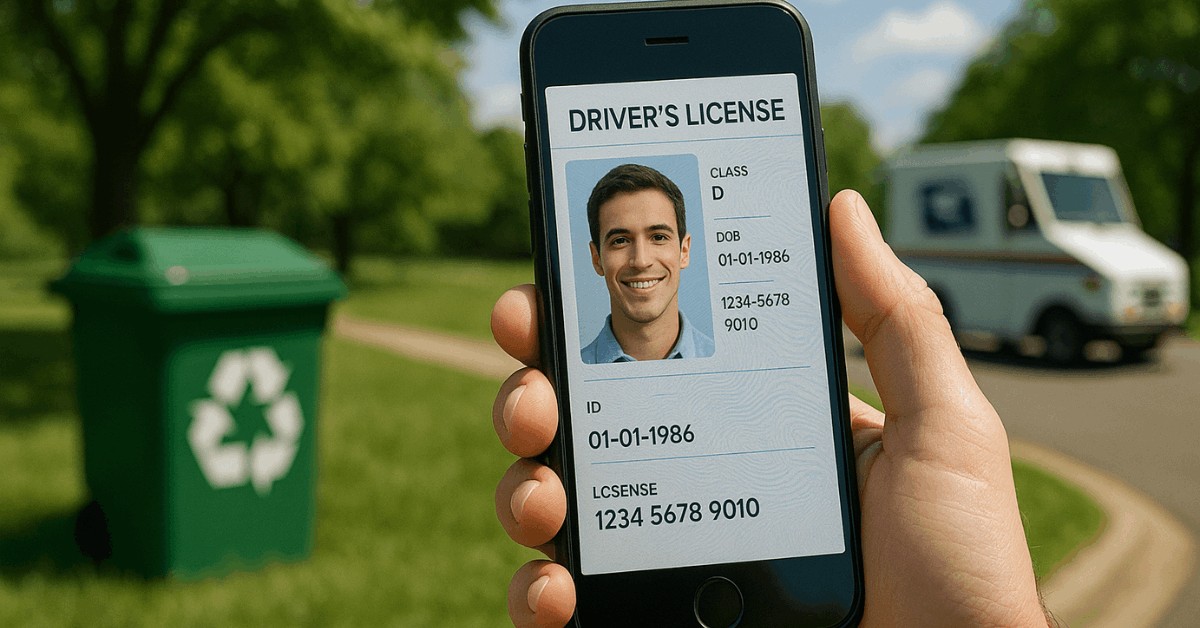
DMV staff also process fewer in-person updates. This benefits the environment and reduces costs.
Legal and Government Support
These apps follow strict regulations and official standards. Here’s how governments support digital license use.
States That Support Digital Licenses
Louisiana, Florida, Arizona, Iowa, and Colorado support DDLs. Other states are testing pilot programs. More states plan to expand by 2026.
State websites confirm availability. You must be a resident to register. Future nationwide adoption is likely.
DMV and Federal Guidelines
AAMVA and ISO standards often regulate apps. Some states follow DHS recommendations. Federal recognition is expanding gradually.
Digital ID laws vary by state. Use only the apps listed by your DMV. This ensures your license is legally accepted.
Troubleshooting and Common Issues
Even the best apps can run into problems. Here’s how to solve the most common ones.
ID Not Verifying
Check if your license details match DMV records. Make sure your photo is clear and recent. Retry the selfie step if needed.
Contact the app’s help center if issues persist. Some apps may allow manual verification. Avoid blurry uploads.
App Crashes or Freezes
Ensure your phone OS is updated. Clear the app cache if needed. Restart your phone and try again.
Use Wi-Fi for better stability. Report bugs via in-app support. Developers often release patches quickly.
App Not Available in Your Area
Some apps are limited to specific states. Check the eligibility on the app’s website. You may join a waitlist if expansion is planned.
Follow your state DMV for announcements. Avoid using unsupported apps. They may lack proper verification.
Stay Secure With the Right App
Digital driver’s licenses make it easier to prove your identity safely. Choose an official app that matches your state.
Always verify the app’s source and features before setup. With proper precautions, you can rely on your phone for daily ID use.

